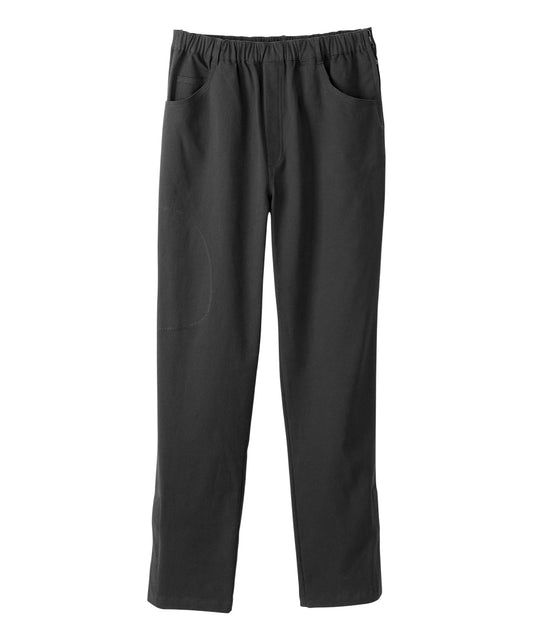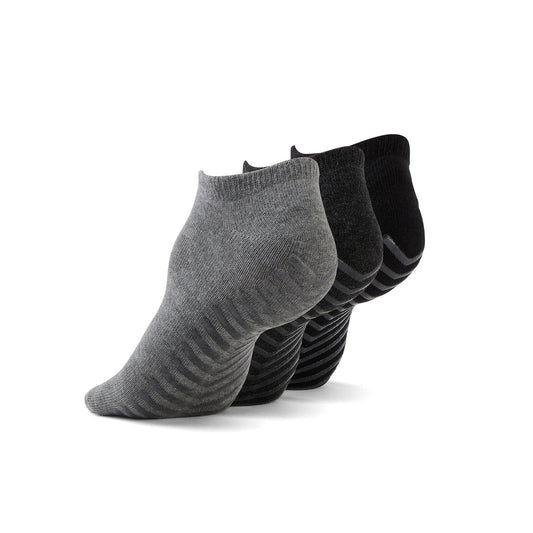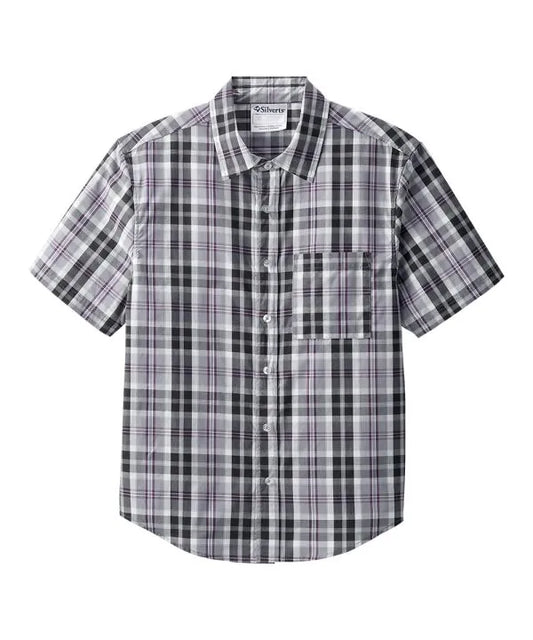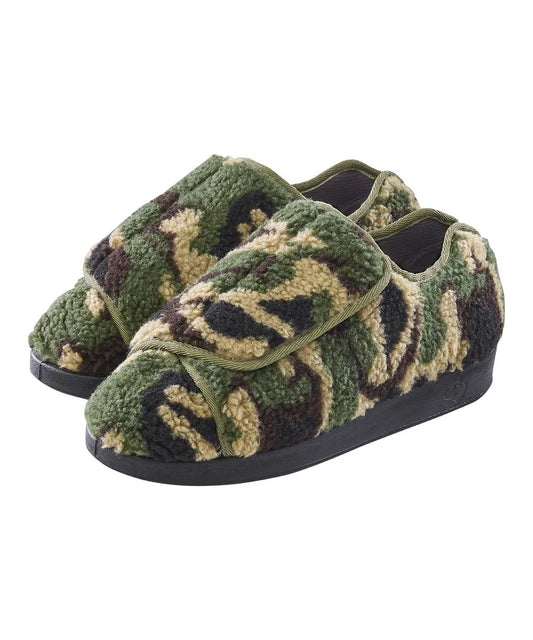Fashion is a universal form of self-expression, allowing individuals to communicate their personality, style, and identity. However, for those with different abilities, finding clothing that is both fashionable and accessible can be a formidable challenge. In recent years, the fashion industry has made significant strides in recognizing the importance of inclusivity, working towards creating clothing that caters to a diverse range of body types and abilities. In this comprehensive guide, we will explore the world of inclusive fashion, offering tips and insights for individuals with varying abilities to embrace their unique style while ensuring comfort and accessibility.
Understanding Inclusive Fashion
Inclusive fashion goes beyond the mere aesthetics of clothing; it's about creating an inclusive society where everyone, regardless of their physical or cognitive abilities, can express themselves through their clothing while meeting their unique needs. It encompasses various aspects, including design, materials, adaptability, and ease of use. The overarching goal is to break down barriers and stereotypes associated with disability while fostering self-confidence and autonomy.
The Importance of Inclusive Fashion
Inclusive fashion is not just a passing trend; it represents a movement towards a more equitable and inclusive society. By designing clothing that accommodates various abilities, we promote acceptance and equality. When people with different abilities can express their style confidently, it positively impacts their self-esteem and overall well-being. Accessible and adaptive clothing empowers individuals to dress themselves independently, enhancing their sense of independence and dignity.
Inclusive Fashion Tips for Different Abilities
Let's delve into some practical tips and considerations for dressing with various abilities in mind:
Mobility Challenges
Adaptive Clothing: Seek out adaptive clothing designed with features like magnetic closures, Velcro, and easy-to-reach zippers, making it easier to put on and take off.
Seamless Undergarments: Opt for seamless undergarments to minimize discomfort caused by friction and pressure sores for those who spend extended periods in a wheelchair.
Adjustable Waistbands: Pants with elastic waistbands and adjustable straps accommodate fluctuations in body shape and provide comfort for those with mobility issues.
Sensory-Friendly Fabrics: Consider sensory-friendly fabrics that are soft, breathable, and non-irritating to the skin for individuals with sensory processing challenges.
Visual Impairments
Tactile Markings: Sew or attach tactile markings, such as raised buttons or labels with braille, to clothing items for easy identification.
Color Contrast: Choose clothing with high color contrast to help those with visual impairments distinguish between different garments.
Assistance Devices: Coordinate clothing choices with assistance devices like canes or guide dogs, ensuring comfort and ease of movement.
Cognitive Disabilities
Simple Fasteners: Opt for clothing with simple fasteners like snaps or magnets instead of complex buttons or zippers, making it easier to dress independently.
Visual Aids: Use visual aids such as picture labels or color-coded hangers to help individuals with cognitive disabilities select appropriate outfits.
Routine-Friendly Wardrobe: Create a wardrobe that follows a consistent color scheme or style to simplify the dressing process and reduce decision-making.
Deaf and Hard of Hearing
Vibrating Alarms: Consider clothing with built-in vibrating alarms to alert wearers to important notifications or alarms.
Communication Accessories: Incorporate sign language-friendly accessories like scarves or jewelry that can convey messages or express identity.
Visual Alerts: Look for clothing with visual alerts, such as LED lights, to signal important events or notifications.
Wheelchair Users
Lower-Body Coverage: Choose tops and jackets that provide extra length and coverage in the back to keep individuals warm and comfortable while seated.
Adaptive Footwear: Select adaptive footwear designed for easy on-and-off access and comfort during extended periods of sitting.
Seatbelt and Strap Access: Ensure that clothing allows for easy access to wheelchair seatbelts and straps, ensuring safety and convenience.
Prosthetics and Orthotics
Adjustable Closures: Seek out clothing with adjustable closures to accommodate the bulk of prosthetic limbs and orthotic devices.
Extra Room: Choose clothing with extra room in the hips and thighs to provide comfort and prevent chafing for individuals with prosthetics.
Accessible Shoes: Opt for shoes with removable insoles to accommodate orthotic inserts, allowing for better support and comfort.
Inclusive Fashion Brands and Retailers
Many brands and retailers have recognized the need for inclusive fashion and have embraced the challenge of creating clothing that caters to diverse abilities. Here are some notable names that offer inclusive clothing options:
Tommy Hilfiger Adaptive: Tommy Hilfiger's adaptive clothing line includes jeans, shirts, and dresses designed with magnetic closures, adjustable waistbands, and easy-access features.
Zappos Adaptive: Zappos offers a wide range of adaptive clothing and footwear options, catering to various needs, including sensory-friendly apparel and shoes with easy-entry designs.
MagnaReady: MagnaReady specializes in dress shirts with magnetic closures, providing a stylish and convenient option for individuals with limited dexterity.
Rackety's: Rackety's offers adaptive clothing for children with sensory sensitivities, featuring soft, comfortable fabrics and innovative designs.
IZ Adaptive: IZ Adaptive focuses on fashionable clothing for wheelchair users, with features like extended back lengths and easy-access seatbelts.
Silverts Adaptive Clothing: Silverts offers adaptive clothing for seniors and individuals with disabilities, including adaptive footwear and clothing with magnetic closures.
June Adaptive: June Adaptive is a rising star in the world of inclusive fashion. This brand is committed to carrying clothing that combines style with functionality, catering to individuals with a range of abilities such as these men's pants with a side zipper.
Spotlight on June Adaptive
June Adaptive is making waves in the fashion industry by redefining what it means to be stylish and inclusive. This innovative brand focuses on creating clothing that is not only fashionable but also designed with the unique needs of individuals with different abilities in mind.
Key Features of June Adaptive
June Adaptive prioritizes both style and functionality, offering clothing that addresses the specific challenges faced by individuals with different abilities :
Easy Dressing: June Adaptive's clothing features innovative design elements such as magnetic closures, hidden zippers, and adjustable fasteners, making it easy for individuals to dress themselves independently, such as the magnetic closure vest.
Comfortable Fabrics: The brand places a strong emphasis on comfort by using soft, breathable, and sensory-friendly fabrics that ensure a comfortable wearing experience throughout the day.
Stylish Designs: June Adaptive believes that style should never be compromised. Their clothing collections feature trendy and versatile pieces suitable for various occasions. Like this stylish, Men’s Magnetic Sherpa
Inclusive Sizing: June Adaptive offers inclusive sizing options, ensuring that their clothing accommodates a wide range of body types.
Feedback-Driven: The brand actively seeks feedback from its community of users to continuously improve and expand its offerings, emphasizing a commitment to meeting the diverse needs of its customers.
Advocating for Inclusivity
In addition to making informed clothing choices and supporting inclusive fashion brands like June Adaptive, advocating for inclusivity in the fashion industry is essential. Here are some ways you can contribute to the cause:
Social Media Awareness: Share your inclusive fashion experiences on social media platforms to raise awareness and encourage brands to prioritize inclusivity.
Feedback and Suggestions: Provide feedback to brands and designers about their adaptive clothing offerings, helping them improve and expand their lines.
Support Inclusive Fashion Events: Attend and support events focused on inclusive fashion, such as adaptive fashion shows or workshops.
Collaborate with Advocacy Groups: Collaborate with disability advocacy groups and organizations working to promote inclusivity in fashion.
Educate and Share Resources: Educate yourself and others about the importance of inclusive fashion and share resources on the topic.
The Future of Inclusive Fashion
As we move forward, the future of inclusive fashion looks promising. The fashion industry is gradually recognizing the importance of catering to diverse abilities, and more brands are joining the movement. Additionally, advancements in technology, such as 3D printing and smart textiles, hold the potential to further revolutionize adaptive clothing design.
Inclusive fashion is not just about creating functional clothing; it's about celebrating diversity, empowering individuals, and fostering a more inclusive society where fashion truly is for all.


















